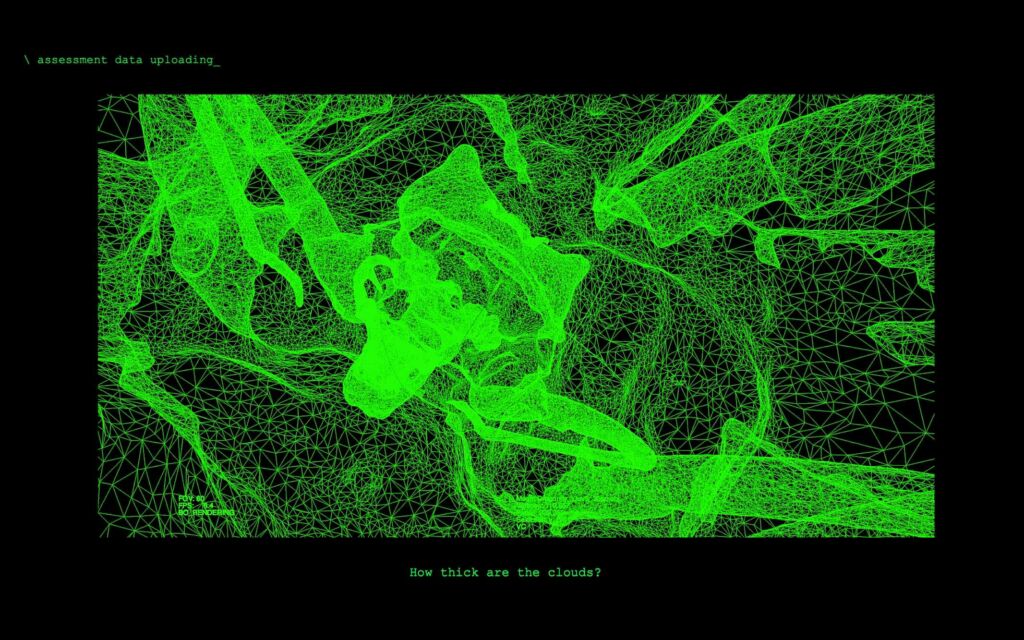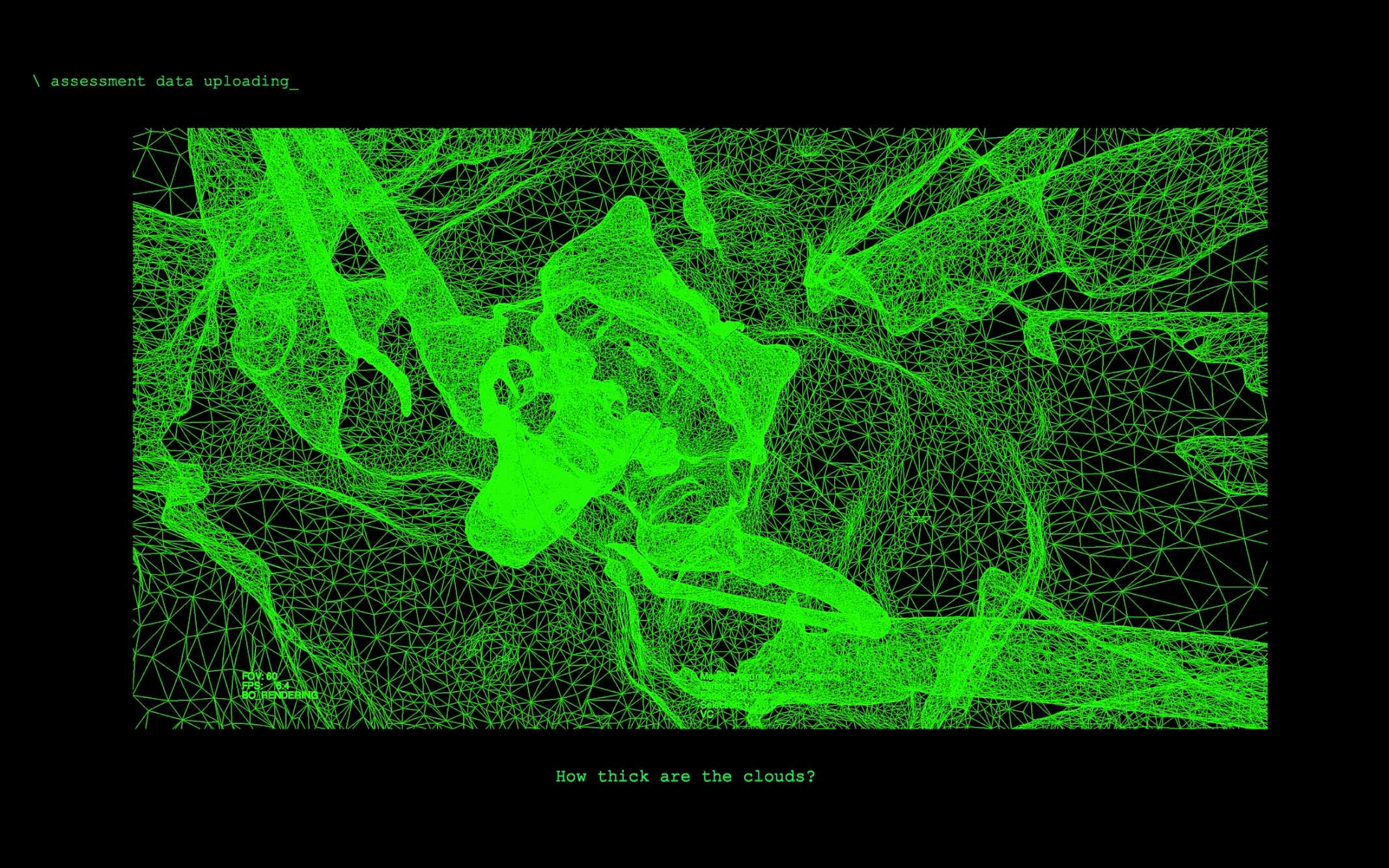Text by CLOT Magazine

The new exhibition at Art Laboratory Berlin, opening on March 3, Vicious Cycle, is based on the closed cycle of human-mediated environmental pollution and its return to the human and nonhuman body. In the exhibition, the artists’ investigative and research-oriented works explore the problem of microplastics in soil, the impact of climate change and the effects of excessive agricultural activity on the water, soil, animals and wildlife. Vicious Cycle reflects back on the announcement in March 2022 when scientific research revealed that microplastic pollution had been found in the human body. It moves around in the blood, lands in organs and passes to infants via breast milk, almost becoming one with the natural biogeochemical cycles.
The 3 participating artists in the exhibition give their personal insight on the subject. Cammack Lindsey’s Wem gehört die Welt? is a sound and site-specific installation based on the artist’s ongoing research on Müggelsee Berlin that features Microcystis aeruginosa and Müggelsee water samples in amorph containers in a network inspired by colony formations of most commonly toxin-producing cyanobacterium Microcystis. As water pollution persists due to agricultural fertilisers and industrial disposals, the growth of toxic, along with non-toxic, cyanobacteria (also known as blue-green algae) blooms contaminate bodies of water.
Gülşah Mursaloğlu’s work Devouring the Earth, in Perishable Quantities, contemplates the ways we devour the earth and the underground, both literally and metaphorically. Within the installation, found and manufactured microplastics move around inside washing machine filters, creating an irregular yet continuous cycle of transformation. The work hosts various processes of leakage, amalgamation and digestion across different temporalities. It aims to underscore the entanglement within the acts of eating/ consuming/ devouring that is often promoted as choice-based, as well as the points and practices of continuity between humans and other agencies.
And lastly, a single-channel speculative video essay and installation by Sybille Neumeyer, souvenirs entomologiques #1: odonata/weathering data, which explores the entanglements of humans, weather and insects in a data-driven world in times of climate crisis. It follows dragonflies on multiple scales through time and space: from their geological past into uncertain futures, from ecosystems to museum collections, from embodied weather worlds into detached data clouds, while multiple insect identities are mediated, shaped and reshaped by co-evolving modes of mapping, monitoring and collecting.
More information here.






